The iPhone XS & XS Max Review: Unveiling the Silicon Secrets
by Andrei Frumusanu on October 5, 2018 8:00 AM EST- Posted in
- Mobile
- Apple
- Smartphones
- iPhone XS
- iPhone XS Max
Camera - Low Light Evaluation
In low-light scenarios, we should see the new iPhone XS showcase significant improvements thanks to the 50% better light capture ability of the new sensor. Apple’s still only employing a f/1.8 aperture lens on the XS - so while it will improve over past phones, at least on paper it’s still at a disadvantage to say Samsung’s latest phones, which have an extra-wide f/1.5 aperture available to them.
[ iPhone XS ] - [ iPhone X ] - [ iPhone 7 ] - [ iPhone 6S ]
[ Galaxy Note9 ] - [ Galaxy S9+ ] - [ Galaxy S8 ]
[ LG G7 ] - [ LG G6 ] - [ LG V30 ] - [ OnePlus 6 ]
[ Mi MIX2S ] - [ Pixel 2XL ] - [ P20 Pro ]
In this first shot, we immediately see the new iPhone’s advantage over last year’s flagship. There is a lot more definition in the grass, less noise throughout the image, and less blown out lights in the scene.
Unfortunately, Apple is as expected still at a great disadvantage to Samsung here, as the latter is just able to give more light onto the whole scene, and the most evident, more colour to the grass. In terms of raw low light capture, the Huawei P20 Pro is still far ahead here, thanks to its massive sensor that is able to collect significantly more light.
[ iPhone XS ] - [ iPhone X ] - [ iPhone 7 ] - [ iPhone 6S ]
[ Galaxy Note9 ] - [ Galaxy S9+ ] - [ Galaxy S8 ]
[ LG G7 ] - [ LG G6 ] - [ LG V30 ] - [ OnePlus 6 ]
[ Mi MIX2S ] - [ Pixel 2XL ] - [ P20 Pro ]
At first glance, the iPhone XS didn’t shoot a much brighter picture than the iPhone X in this construction scene. Opening up the full resolution images however shows that the new XS showcases much better details and lower noise. It’s not enough to compete with the S9+, and certainly not with the insane ISO25600 shot of the P20 Pro.
It’s interesting to see the improvements over the years from the iPhone 6S on – which barely manages to capture anything in this scene.
[ iPhone XS ] - [ iPhone X ] - [ iPhone 7 ] - [ iPhone 6S ]
[ Galaxy Note9 ] - [ Galaxy S9+ ] - [ Galaxy S8 ]
[ LG G7 ] - [ LG G6 ] - [ LG V30 ] - [ OnePlus 6 ]
[ Mi MIX2S ] - [ Pixel 2XL ] - [ P20 Pro ]
The next shot is probably the only one that I found to be really problematic for Apple. Both on the iPhone X and the new XS, the resulting images weren’t consistent in consecutive shots. In four shots in a row, the iPhone XS kept changing the colour temperature. The same thing happened on the iPhone X, so I think this was part of Apple’s exposure / colour balance algorithm.
Colour balance aside, the exposure is similar between the X and the XS, and all the improvements of the new sensor go directly into improved detail and noise reduction throughout the scene, which is significantly better again compared to last year’s iPhone.
Here Apple is very close to Samsung, showcasing a bit better shadows, but still losing out in details in some parts of the scene. The P20 Pro is yet again the low-light kind here, as it just have that much more dynamic range work with.
[ iPhone XS ] - [ iPhone X ] - [ iPhone 7 ] - [ iPhone 6S ]
[ Galaxy Note9 ] - [ Galaxy S9+ ] - [ Galaxy S8 ]
[ LG G7 ] - [ LG G6 ] - [ LG V30 ] - [ OnePlus 6 ]
[ Mi MIX2S ] - [ Pixel 2XL ] - [ P20 Pro ]
Again, the iPhone’s new sensor comes into play in these concrete trucks. The XS makes very good dealing of the blown highlights present in the iPhone X shot. Samsung is able to produce more vibrancy in the blue of the trucks. Huawei’s multi-exposure computational photography night mode is the best of all phones here as it’s just able to bring out that much more from the shadows.
[ iPhone XS ] - [ iPhone X ] - [ iPhone 7 ] - [ iPhone 6S ]
[ Galaxy Note9 ] - [ Galaxy S9+ ] - [ Galaxy S8 ]
[ LG G7 ] - [ LG G6 ] - [ LG V30 ] - [ OnePlus 6 ]
[ Mi MIX2S ] - [ Pixel 2XL ] - [ P20 Pro ]
Apple's use of SmartHDR in this picture is extremely evident, as it really brings down the highlights of the lamp and brings out more shadows throughout the scene. The XS provides better detail, but it’s not as big of a difference as we’ve seen in other shots.
Apple’s usage of HDR here puts it ahead of the Samsung devices, trading blows with the P20 Pro, winning in some regards, while losing in others.
[ iPhone XS ] - [ iPhone X ] - [ iPhone 7 ] - [ iPhone 6S ]
[ Galaxy Note9 ] - [ Galaxy S9+ ] - [ Galaxy S8 ]
[ LG G7 ] - [ LG G6 ] - [ LG V30 ] - [ OnePlus 6 ]
[ Mi MIX2S ] - [ Pixel 2XL ] - [ P20 Pro ]
Finally, I wanted to test the iPhone XS to its limits and see what it can do in essentially impossible scenarios of low light.
Exposure-wise, the iPhone XS is no better than the X here. It provides better sharpness and less noise, however the image is still too dark to be of any use. I wish Apple would introduce a more innovative low light shooting mode, such as LG’s pixel binning mode. Huawei’s ISO51200 capture of this scene is just so beyond any other current phone, that it really raised the bar in what we’d normally expect to see in a smartphone.
Low-light conclusion
The new iPhone XS sensor is a great improvement to Apple’s lineup. Its advantages over the iPhone X are clearly evident in every single low-light shot, showcasing greater detail and sharpness while reducing noise. SmartHDR doesn’t seem to be something that’s solely for daylight shots, as Apple and the iPhone XS seem to make use of it in some low-light scenarios, giving the camera a further advantage over last year’s phones.
While Apple has showcased some really good progress, it’s can still lag behind low-light image quality of Samsung and Huawei’s P20 Pro. The former’s bigger aperture is just a sheer hardware advantage, while the latter enormous sensor makes use of innovative image processing to really raise the bar in terms of extreme low light photography. Here the iPhone XS is good; but it just can’t keep up.


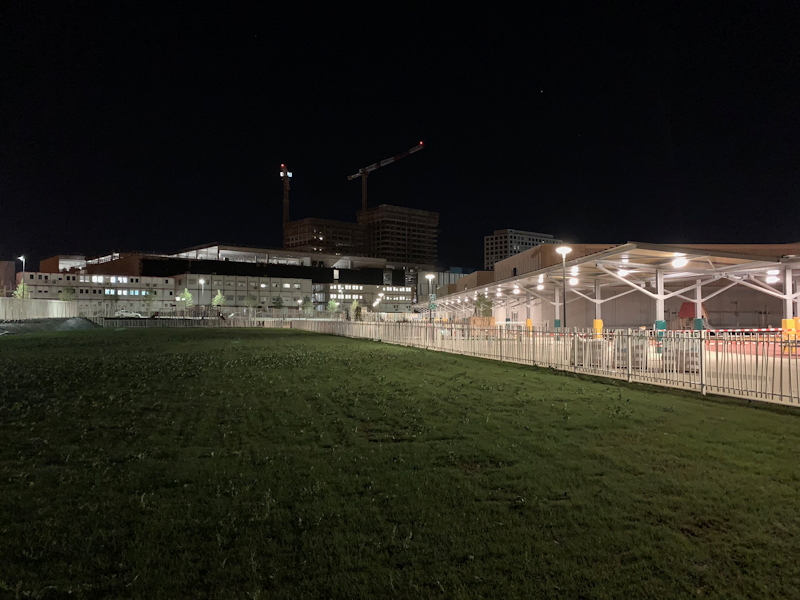
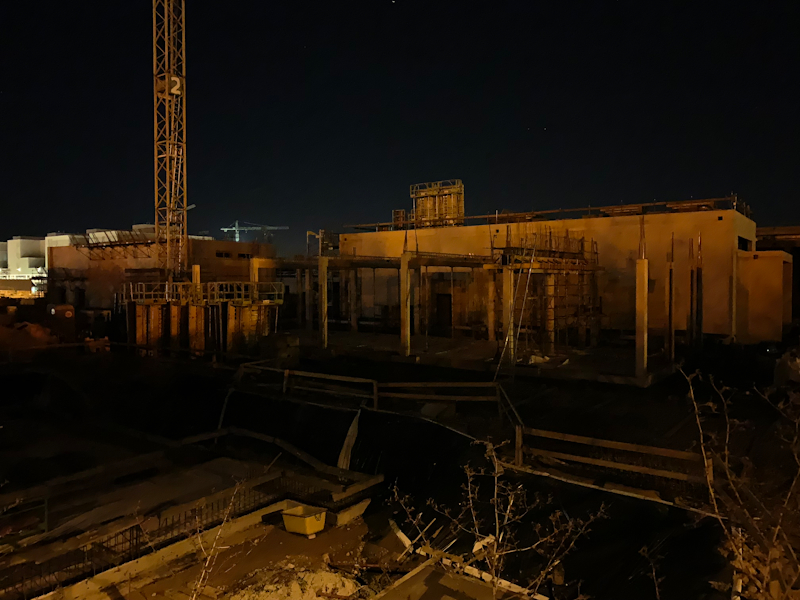
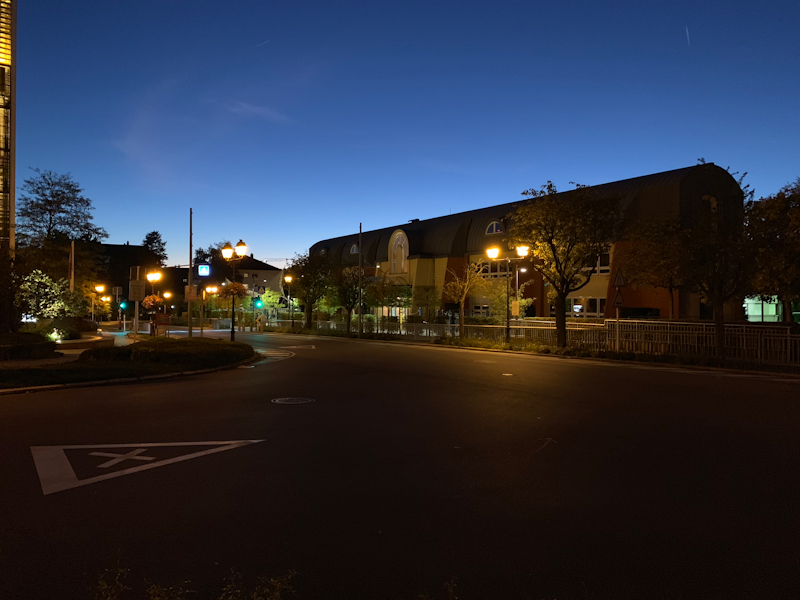
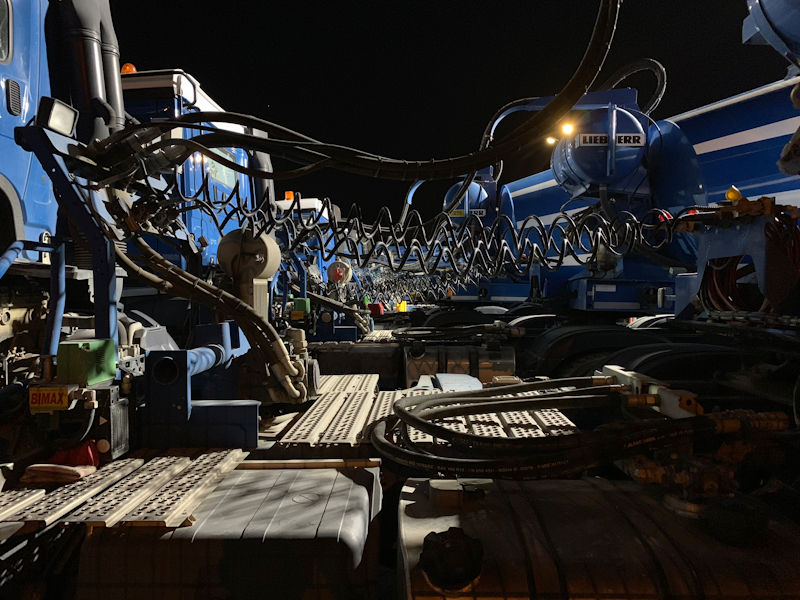
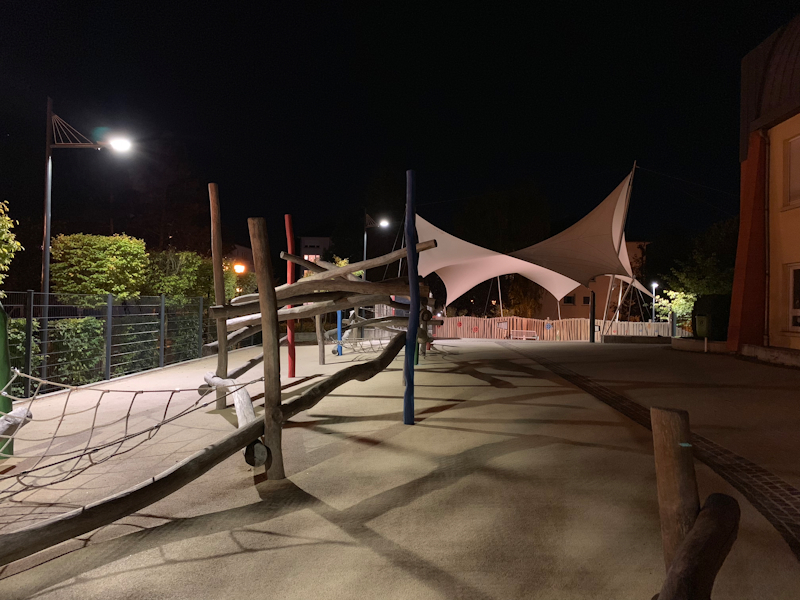
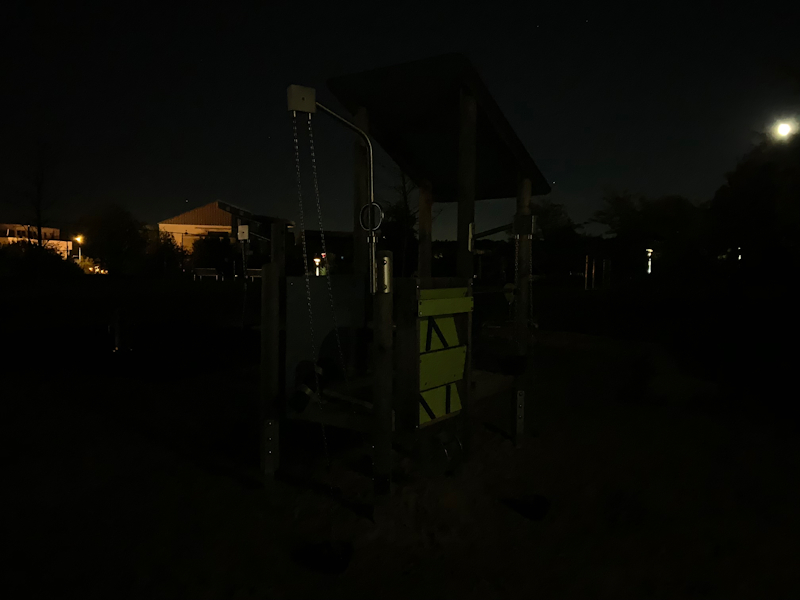








253 Comments
View All Comments
Constructor - Monday, October 8, 2018 - link
Sure you can – just go to airplane mode and re-enable WiFi.s.yu - Monday, October 8, 2018 - link
In the third and fifth low light sample I think it's pretty clear that the XS beat the P20P, again P20P's retention of texture is horrible and only in extreme low light (second and last sample) and scenes with many man-made objects which lack obvious texture (third sample) does its excessive sharpening and NR have a advantage. The first sample is a surprise, there either the scene is actually darker than I'm lead to believe or there's something else I've not taken into account.daiquiri - Monday, October 8, 2018 - link
Isn't this a too bold affirmation that A12 is on par with current desktop CPUs? So why didn't we stack them in order to have 5x the processing power of a common laptop/workstation for 1/2 of the power? What am I missing here? Because this doesn't make much sense to me.If I have 2 or 3 of these SoC chips and photoshop running on them will I have my filters running faster? Chrome loading webpages faster? Creating zip archives or converting flac files 3x times faster than an Intel I7?
resiroth - Monday, October 8, 2018 - link
There is widespread speculation (and at this point, it is considered more likely than not) that apple will transition to their own chips exclusively for their Mac products in the near future (within 2 years).What exactly doesn’t make sense to you?
Ps: will be very interesting to see results of new iPad Pro this year too.
daiquiri - Monday, October 8, 2018 - link
What is strange to me is why aren't we already stacking this SoCs. I suppose I can fit 6 or 8 of these processors on the same die size. This means I would have a lot faster PC for less power? It they are that great why aren't on desktops already?Does this mean if I manage to install Windows 10 ARM edition on my PC photoshop will run faster and Chrome will load pages two or three times faster since I have 8 of these SoCs on my desktop pc?
Constructor - Wednesday, October 10, 2018 - link
Because just increasing the core count is not quite enough.As I have explained above, a platform transition is a massive undertaking which among many other things needs actually superior performance to afford the initially still necessary legacy code emulation.
This will almost certainly start at a WWDC (next year or the year after that, most likely) with an announcement about not just coming hardware but also about those new mechanisms in macOS itself, and actual Axx-powered Macs may take months after that to emerge while developers start porting their code to the new platform.
It's not as if this was the first time for Apple – they've done it twice already!
varase - Tuesday, October 23, 2018 - link
Yeah, but they always went to a *much* faster CPU to do the emulation.Constructor - Wednesday, October 24, 2018 - link
Even just the iPhone cores right now are already at about a desktop i5 level according to GeekBench.There should be quite some room for upscaling with more power and better cooling.
tipoo - Wednesday, October 24, 2018 - link
These cores are 30% larger than Intels, let that sink in.I'm sure 8 of them would perform marvellously, for the cost. And it may be coming.
Zoolook - Tuesday, October 9, 2018 - link
I just pulled an old test of a i3-6320, a 3 year old dual-core, and the A12 does good on some of the tests, but in many tests it's quite a bit behind, so it's not ready for server-duty yet.I know that the i3 has higher frequencies but it's also only two cores, compared to 2+4.
There is no question that the big cores are very efficient, but they are optimized for their current job.
If Apple would build a 6- or 8-core processor based on their large cores and throw away most of the other SoC and add other parts (stronger SIMD etc), yes then we might have a good desktop/serverchip, but the A12 is not that chip.
Also remember that we are comparing 14nm Intel chips with the newest "7nm" process, if Intel ever gets their 10nm process up and running for real, then we could do a better comparison.